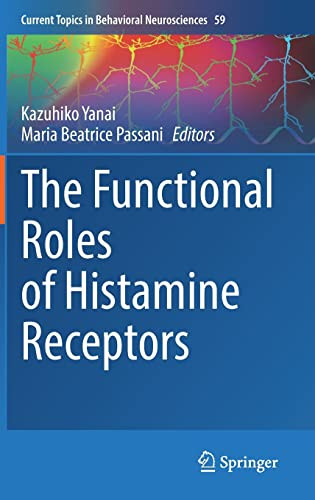

Most ebook files are in PDF format, so you can easily read them using various software such as Foxit Reader or directly on the Google Chrome browser.
Some ebook files are released by publishers in other formats such as .awz, .mobi, .epub, .fb2, etc. You may need to install specific software to read these formats on mobile/PC, such as Calibre.
Please read the tutorial at this link: https://ebookbell.com/faq
We offer FREE conversion to the popular formats you request; however, this may take some time. Therefore, right after payment, please email us, and we will try to provide the service as quickly as possible.
For some exceptional file formats or broken links (if any), please refrain from opening any disputes. Instead, email us first, and we will try to assist within a maximum of 6 hours.
EbookBell Team

4.3
18 reviewsA better understanding of receptor intra-and interspecies heterogeneity will certainly improve and accelerate the translation of experimental data into clinical practice. Also, the plethora of data on brain histamine is hinting at a fundamental role of this system as a hub that receives internal and peripheral stimuli to allocate the necessary excitation to specific brain circuits that preside the appropriate behavioral responses.
The aim of this book is to cover the most important aspects of histamine receptor function and pharmacology in the central nervous system and to provide a comprehensive overview of the preclinical and clinical advances made in recent decades and the exciting prospects for the future. It highlights the clinical areas where there is a great need for new therapeutic approaches and where novel histaminergic agents may be useful for personalized medicine.